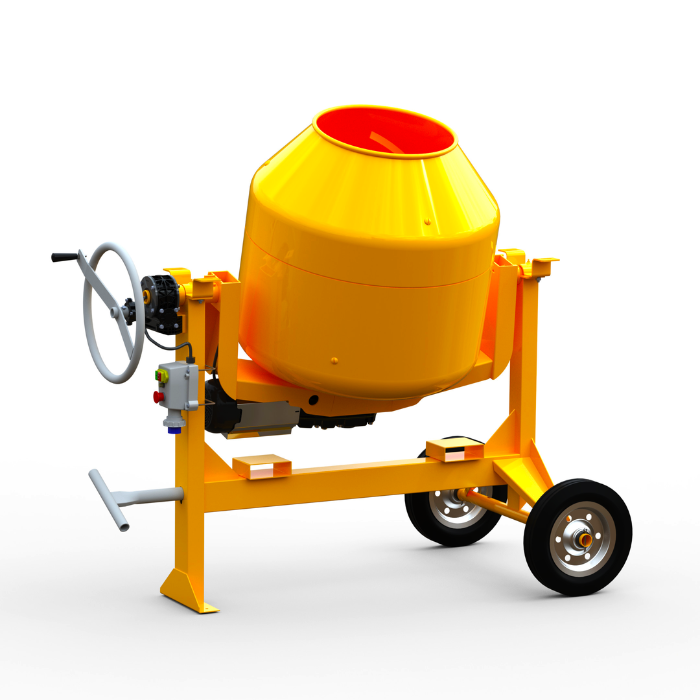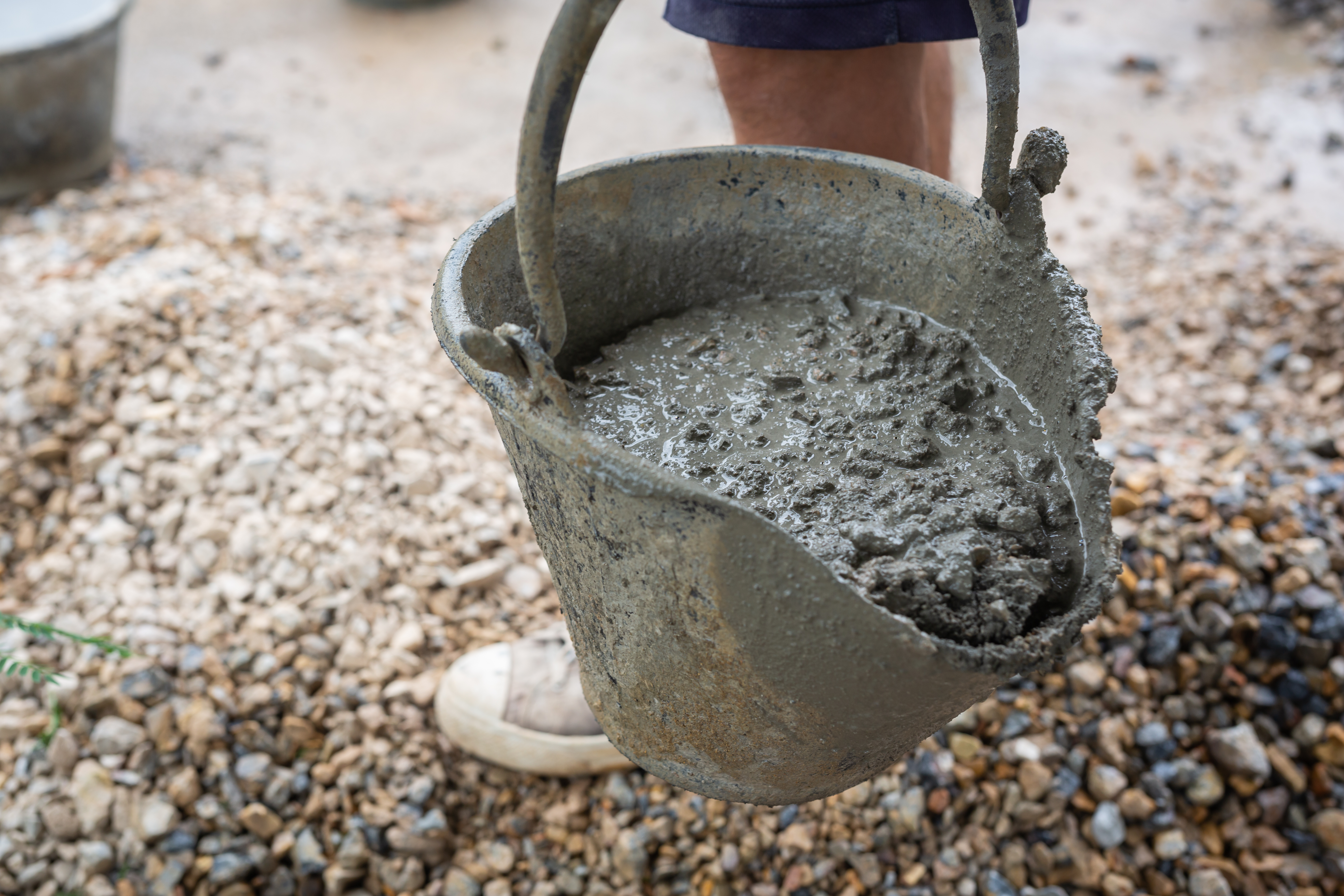Concrete mixer: characteristics and use
11/06/2021
It's a fundamental construction machinery during the mixing phase of various materials that compose the mortar or concrete. Let's discover how a concrete mixer is made and how to use it correctly. We will see an introduction of what a concrete mixer is and how it is made, then move on to how to use a concrete mixer correctly, to obtain a perfect final product (mortar or concrete).

What is a concrete mixer?
The concrete mixer is a fundamental machine in the sector of construction equipment, which has the function of mixing together the components of the mortar or concrete.
There are different types of concrete mixer: batching plant, that is mainly used for large construction site works, truck mixers, that is the one mounted on a truck, which has the main function of transporting the mixture to the place of use. Truck mixer is necessary if you want to transport large quantities of concrete on a construction site, and has the characteristic of kneading the mixture already during the journey, keeping the rotation of the glass active. Finally, we have the portable concrete mixer, smaller and used for smaller construction site works.
Portable concrete mixers: characteristics
The sector in which Omaer has been involved for over 50 years is about the production of portable concrete mixers, smaller and suitable for various construction works, even of smaller dimensions. There are various types, which differ in size, engine or other characteristics, but in general it is still possible to identify 4 main components common to all these concrete mixers:
- Support frame, which can sometimes be equipped with wheels to facilitate the transport of the machine;
- The container inside which the materials are mixed, also called tank;
- The motor, which allows the tank to rotate;
- A discharge system, which allows the mixed material to be emptied.
Portable concrete mixers have real advantages, which are not only in the ductility of use for various types of jobs. In fact, unlike the others, they can be useful both to professionals, such as construction companies, but also to private individuals for DIY. From this point of view, perhaps the most suitable line of concrete mixers is the hobby line: more silent, compact and suitable for private use.

How to use a concrete mixer correctly?
We have seen the difference between various types of concrete mixers and what are their main components. However, this is not enough to have all the necessary knowledge to turn the machine on! As simple as it may seem (but it's not), the power of a concrete mixer is exploited if it's used correctly.
The correct use of a concrete mixer, in fact, and the way in which the materials are processed, has an important influence on the final product that comes out of it. Often the most important mistake is to insert various components quickly inside the tank and with no order. First of all, 3 main phases of the work cycle must be distinguished:
- Loading of materials;
- Mixing of materials;
- Compound exhaust.
The loading of the materials concerns the introduction into the tank of various aggregates, of the cement and, only subsequently, of water and any additives. The amount of water added to the mixture becomes decisive in processing, and determines the quality of the mixture. In fact, it is necessary to distinguish a "dry phase", without water inside the concrete mixer, to a "regime phase", in which water is added to the mixture.
The operating phases of a concrete mixer
Specifically, let's see the complete material processing cycle in the correct order and all the phases of use of a concrete mixer:
1) introduction of aggregates;
2) introduction of cement;
3) dry mixing;
4) addition of water;
5) addition of any additives;
6) mixing regime;
7) discharge.
As we said at the beginning, the properties of the mortar at the end of the processing (or of the concrete) will greatly depend on the order of insertion of the materials in the bowl of the concrete mixer. In addition to this, the timing with which these phases are carried out becomes fundamental. In fact, it has been calculated that, for optimal work, the first 5 phases should be completed in the first 20 seconds, while the final discharge of the product is to be carried out after about 130-140 seconds.
Continue to follow us on our social channels (we are on Facebook, Instagram, Linkedin, Youtube) to discover news, projects and the "backstage" of our work. Otherwise, stay in touch with our #OmaerWorld in-depth section and come and discover our world!

